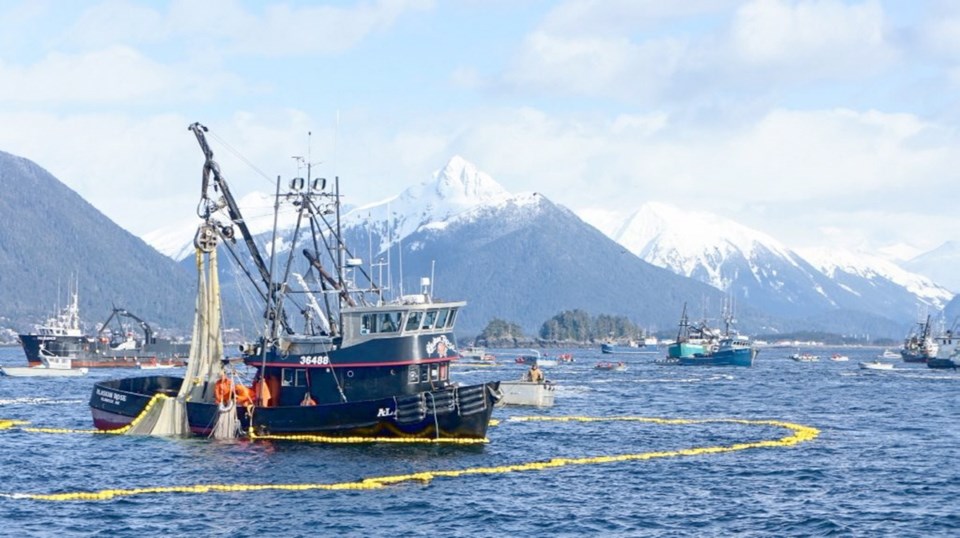Last week, the Alaska Department of Fish and Game issued an emergency order closing all Chinook salmon fisheries (sport and commercial) in Southeast Alaska marine waters. In doing so, they acknowledged their responsibility to protect not just Alaska’s salmon, but also the low numbers of chinook returning to northern B.C., the Fraser River, Washington and Oregon.
The emergency order states: “The in-season data and stock-specific information cannot be ignored when conservation of wild stocks is the foundation of the Alaska Sustainable Salmon Fisheries Policy and the Pacific Salmon Treaty. Therefore, it is imperative that Alaska offer relief now for these stocks, with a focus on protecting future production.”
There are just as many warning signs that chinook (spring) salmon in B.C. are also returning in poor numbers. So why does Canada take a much greater risk with its salmon fisheries than Alaska? Fisheries on the Nass, Skeena and Fraser rivers illustrate the point. The Nass return is 27 per cent of average, the Skeena’s per cent, and to date, the Albion test fishery on the Fraser shows some of the lowest returns on record. Yet these fisheries remain open. Prioritizing fisheries over fish facilitates their long-term decline.
Fisheries and Oceans Canada only just closed the commercial troll fishery for chinook after hitting their limit of fish from threatened chinook populations on the west coast of Vancouver Island. Recreational fisheries on returning chinook salmon continue, from Haida Gwaii and northern B.C., south to the west coast and the waters off Victoria and the Strait of Georgia.
Despite their own evidence, and despite the recommendations of First Nations and salmon conservation groups such as the Raincoast Conservation Foundation and Watershed Watch to curtail fisheries that adversely affect these populations, DFO has allowed chinook fisheries to continue. Fisheries that catch these threatened Fraser chinook continue because they are considered a small percentage of the catch. The reason they are a small percentage of the catch is that there are very few of them left.
Adding to conservation concerns, endangered southern resident killer whales are also feeling the lack of salmon. Southern residents enter the Salish Sea in the spring to feed on chinook salmon returning primarily to the Fraser River. The low abundance and availability of chinook is a key factor limiting their population growth. Their ability to successfully hunt salmon is also hindered by the acoustic and physical disturbance of vessels, including those that are concentrated in their feeding grounds.
Recent announcements from the federal government about action for hungry southern resident killer whales rings hollow when fisheries on their dwindling food supply are routinely authorized.
Moreover, three First Nations along the Fraser River are suing the federal government for allowing sport and commercial fisheries to continue targeting at-risk chinook populations returning to the Fraser, when First Nations’ needs for food, social and ceremonial purposes are not being met as required under the Constitution and DFO’s allocation policy. Both of these obligations recognize that ensuring First Nations’ food objectives are the first priority after salmon conservation objectives are met. But because they are in-river fisheries, First Nations are last in line when the fish arrive.
So we must commend the Alaskans for looking out not just for their own chinook, but for those returning to Canada. It’s unfortunate that in the face of what might be record low abundance for runs into the Fraser and poor ocean conditions elsewhere, DFO chooses to keep on fishing. If we want to have chinook salmon and killer whales around for future generations, leadership and tough decisions from our federal government are required.
Misty MacDuffee is a biologist with the Raincoast Conservation Foundation. Greg Taylor is the senior fisheries adviser at Watershed Watch Salmon Society; he is a former commercial fisherman and buyer for Oceans Seafood.



